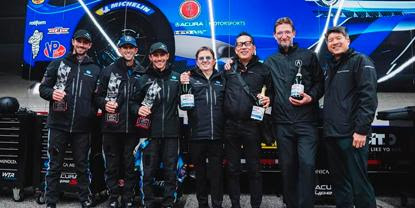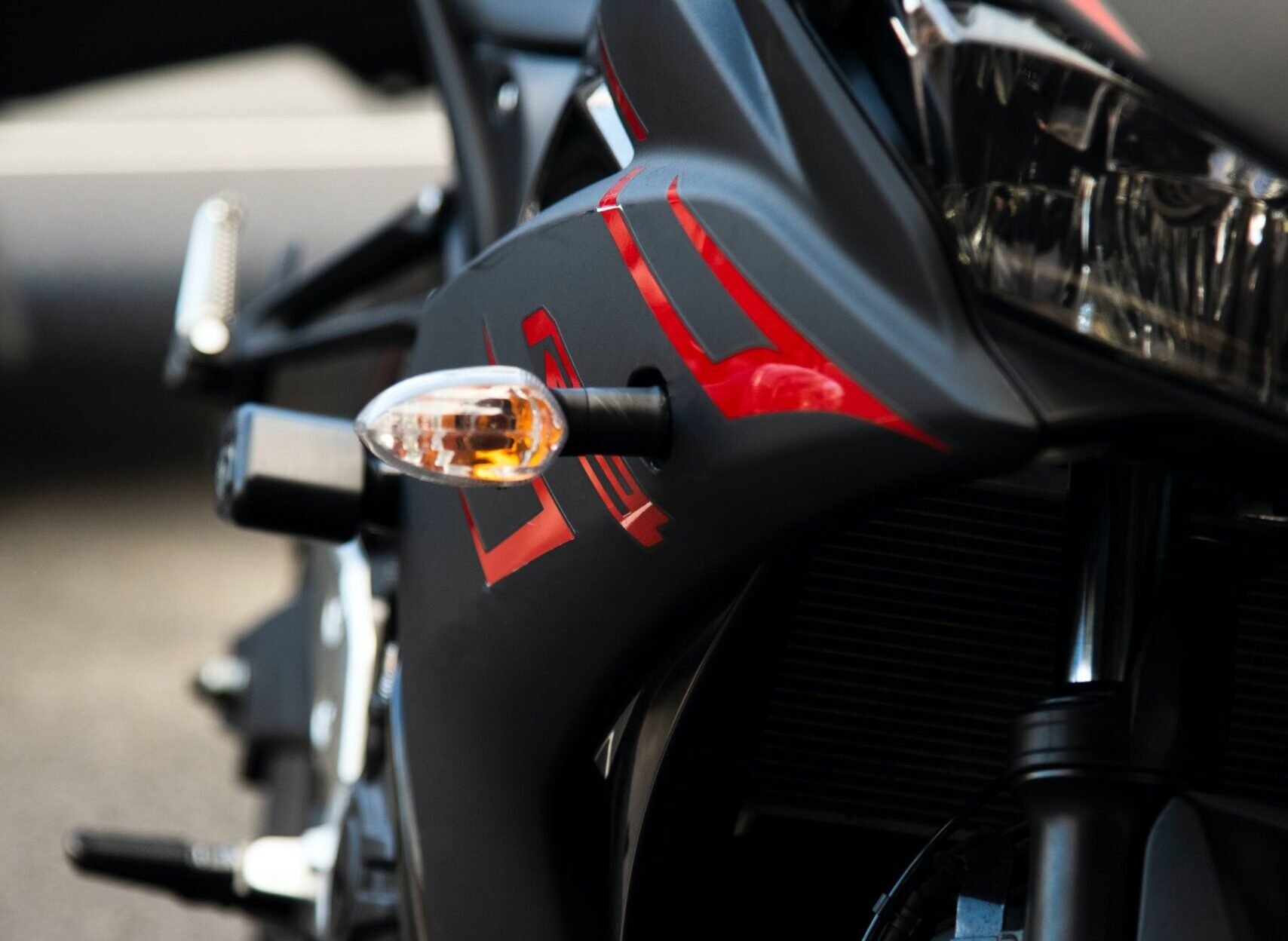Almost all car lovers like competition, and at some point, we all dream to get on a circuit with a kart, or even our private car. But being a driver is a big deal and, to achieve it, it is essential to be aware of some aspects that we are going to analyze.
A popular option is to go to a go-kart circuit and do a few laps or compete with friends or work colleagues. However, what should you do if you want to go further and start competing more seriously and constantly? In that case, you should know some aspects that will allow us to enjoy and improve our expectations.
Level of involvement, which driver do I want to be?
The first thing to be clear about is our aspirations: do we want to be an amateur driver who sees motor racing as entertainment, or do we want to be professionals and earn a living or even make it to Formula 1?
The answer to these questions will depend on our level of commitment, involvement, and, obviously, economic investment, which in any case will be high as it is a technological and expensive sport.
Karting is the best initiation school for an aspiring professional driver.
To become a driver, it is not enough to have talent. As in any professional activity in which we want to stand out, it is essential to prepare and make sacrifices to improve our skills and extract our full potential. In the case of a driver, this preparation is not limited to driving, but also physical and mental preparation, as well as acquiring knowledge about technique and even communication and marketing, depending on how far we are willing to go up the complicated and steep pyramid of the motor racing categories.
The right age to be a driver
How far we want to go will also determine the right time to start. Unless you are looking to become a top-level professional driver, age will not be an impediment. There are now many motor racing disciplines in which physical fitness is a secondary issue. You can simply pass a conventional medical examination to be declared fit.
On the other hand, if we desire to reach very high levels and become professional, it is almost essential to start karting at an early age, even before the age of ten. In a highly professionalized and complex sport in which Max Verstappen holds the Formula 1 record for earliness at 17 years, five months, and 15 days, starting early and gaining experience in competition is vital to reach the top in the future.
Unlike a couple of decades ago, a driver over the age of 25 is starting to get a bit ‘old’ to start in Formula 1, although it is not uncommon to see top drivers over the age of 35 on the grid in the premier class. The key is to accumulate experience to consolidate our learning and build confidence in the teams.
What do you need to obtain to become a driver?
It will depend on your aspirations, but it won’t be cheap. The full list of things you need to acquire in your racing path includes the following expenses:
- Driver’s license, medical examinations, insurance.
- Driver’s equipment approved by the International Automobile Federation: a helmet, HANS (Head and Neck Support Device), fireproof overalls and underwear, boots, and underhelmet.
- Registration fees for racing events. With the registration fee, the rider has access to all the services derived from the competition: the use of the circuit, assistance from the stewards, application of the rules, garage and the necessary supplies for its use, trophies, etc.
- The race car. The costliest element of your equipment. It can be either bought, rented, or modernized following international requirements.
- The appropriate team of mechanics. Although the chassis and engines are the same in every competing car, the team’s experience and capabilities still make a difference, and being part of a modest or second-tier team makes it very difficult to obtain outstanding results.
In summary, a season as an amateur driver at the national level and with few pretensions can be costly because of the license, equipment, and race entries. From there, the type of car and its potential will determine an additional budget that we can alleviate with formulas such as sharing a car with another driver, which is usually done in endurance events or competitions with several races over the weekend.
The road to Formula 1
If we have decided that our personal or our child’s goal is to make it to the top, we must assume that a long journey through the circuit racing pyramid, where Formula 1 is at the top, awaits us.
This, in addition to a lot of time, dedication, and sacrifice, involves spending a considerable amount of money to qualify for the best equipment and to compete with the best teams if our level allows it. This is what we see in all the existing professional racing champions’ essay examples.
If our aspirations are professional, as would be the case, the first thing to do is to start with karting, which has numerous categories depending on the age and characteristics of the kart.
Formula 3 already demands a very high sporting level and financial outlay.
After a few years of experience and victories, single-seaters are the logical step towards the top, so a championship such as Formula Renault or Formula 4 is the most appropriate at first. However, there are other cheaper and less competitive options.
It is usual for the driver to spend at least a couple of seasons in each category to gain experience in the first year and obtain relevant results in the second while acquiring knowledge of aerodynamics, mechanics, and set-up as the single-seaters become faster, more powerful, and more complex.
If the results and the budget are good enough, the next step is Formula 3, where we already have significant international championships. In addition, this discipline has a Formula 1 support event on the same weekend and circuit, so the media exposure and exposure to the big teams and sponsors are very high.
The last step before F1 is Formula 2, a very competitive and expensive competition in which the presence on the track is limited, but the repercussion is very high. Suppose we don’t manage to get there, but we still want to aspire to professionalism. In that case, we can opt for other single-seater categories such as the American IndyCar, Formula E or try our luck in other circuit racing disciplines, which have official factory drivers from various brands who can enjoy great prestige and sporting and economic status, as well as allowing us to have a long sporting career as it is less dependent on age.
On the other hand, if we like dirt, we can opt for various categories of rallies, mountain climbs, rallycross, dirt or asphalt, raids, and other disciplines with different levels of specialization and professionalism but always at a lower cost than the circuits.







